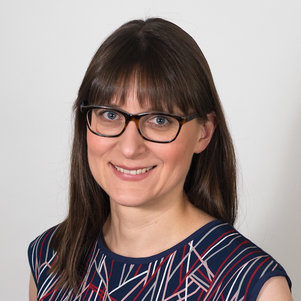Clearing up the sky: reducing the uncertainty caused by clouds in the climate system
Clouds are responsible for a large part of the uncertainty in climate projections. With a Starting Grant from the European Research Council (ERC), Franziska Glassmeier aims to better understand the evolution of clouds and their influence on the future climate. Glassmeier, Assistant Professor in Atmospheric Sciences at the faculty of Civil Engineering and Geosciences at TU Delft: “If we could reduce the uncertainty caused by clouds, we would have a way better idea of how much the planet is warming due to anthropogenic emissions.”
We are all familiar with the splendid images of clouds when the sun sets. “Cloud patterns are very visible and we have plenty of pretty satellite images of them too. But it turns out that clouds are the dominant uncertainty in climate projections”, explains Franziska Glassmeier.
Judge the clues
Clouds have a big effect on the Earth’s temperature. In general, clouds reflect sunlight back to space, keeping the temperature cool. But it is uncertain how strong this cooling is with climate change. Glassmeier aims to get an understanding of this effect, to better predict the future temperature on earth. To do so, she does not look at clouds from below, but uses satellite images. She sees it as the detective game ‘Clue’ (‘Cluedo’ in Dutch): “We have so many satellite images and data available. They all give us clues on the role of clouds in the climate system.” But the diversity of clues doesn’t directly guide us in the right direction. “I will come up with an objective method to decide which one to trust more and which one brings the essential information. That is where the name of the research project, ‘MesoClou’, comes from.”
Analyse changing patterns of clouds
The ERC grant of 1.5 million euros is intended to enable individual scientists to build their own teams. Glassmeier can now start to investigate the formations and vanishing of cloud fields (mesoscale cloudiness: 10-1000km). “I will focus on how patterns change over time.” These analyses of timelapses, instead of snapshots of satellite images, are only now becoming possible. In her research, she combines satellite data with detailed numerical modelling. In this way, she tries to understand the origin of the pattern change from the mesoscale perspective.
Her research on mesoscale clouds can drastically reduce the uncertainty of the influence of clouds on the climate. “I hope to really put us in a position to come up with a consigned and well justified estimation of the future appearance of clouds.”
Image source: NASA by Jeff Schmaltz

